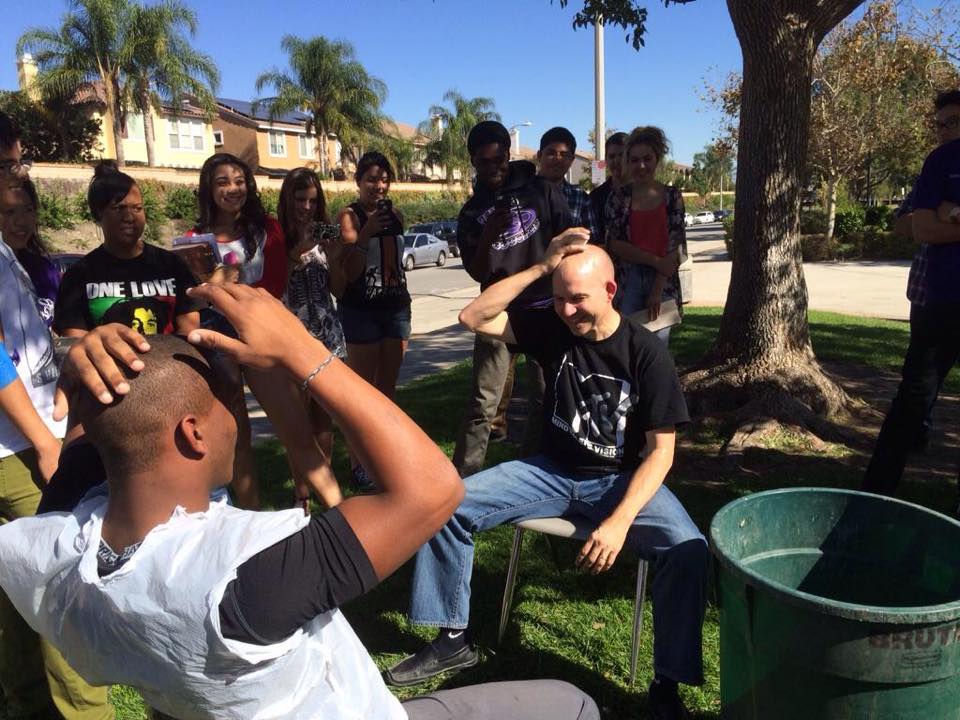My blog is woefully incomplete. I have posted my journey with Standards Based Grading. My last couple of posts discussed problems. But never any solutions. For what they're worth, here they are.
The short description of how I manage to grade growth over time (which is the ultimate goal of Standards Based Grading) is to grade by Units instead of by Standards. To my friends who can keep track of 20 to 30 standards, more power to you! I can't do it.
But I'm reasonably happy with encouraging students to focus on units where they are strong and where they are weak. For a point of reference, here are some of the units in my AP Stats course:
- Describing and graphing categorical variables
- Designing surveys and experiments
- Inference for proportions
These are bigger than standards. But they are topics that are grouped in one to three chapters in my text (Stats Modeling the World). And I can mark most of my tests, quizzes, projects, etc... as being in one of these units. Here are some of the ways I have implemented this idea.
- Quiz scores are replaced with test scores.
- Quizzes are essentially formative in nature. When a student performs poorly on a quiz it is a signal that they need to study more for the upcoming test. If they do so and improve their understanding, then I think it is only fair if their quiz score is increased to match their test score.
- Students take a retest.
- When a student is dissatisfied with their grade, we discuss which unit they have low scores. When I'm at my most organized, the gradebook is marked with a unit on each assignment so that students can identify this for themselves. Students come after school, do some practice work on this unit, and then (usually on a second day) take a reassessment. I often cap the reassessment at 80% because it was shorter and more focused than the full unit test.
- All students take a cumulative test.
- Sometimes I give a two day midterm. Other times I specifically tell students which extra unit will be added to the current unit test. And then if students show growth over time, their past scores are bumped up. My buffet test continues to be a favorite tool along these lines.
How does all this happen in the gradebook? Not by any magic tool I've discovered! I make these changes manually. And often based on dialog with students. It's not perfect. But there it is. I think it is fair. And I've yet to find an easier method.
I've also switched to total points, instead of weighted categories. In my school's gradebook, I can use total points, but still give assignments a tag. And students see their percentage for each of the tags. So the tags are my units. And if I have an assignment that is a mix of all sorts of units, I can just tag it as an "assignment" and I don't have to stress about it.
So there it is. I like it. For today. For this year. Probably something different in the future, but right now this works for me.
















